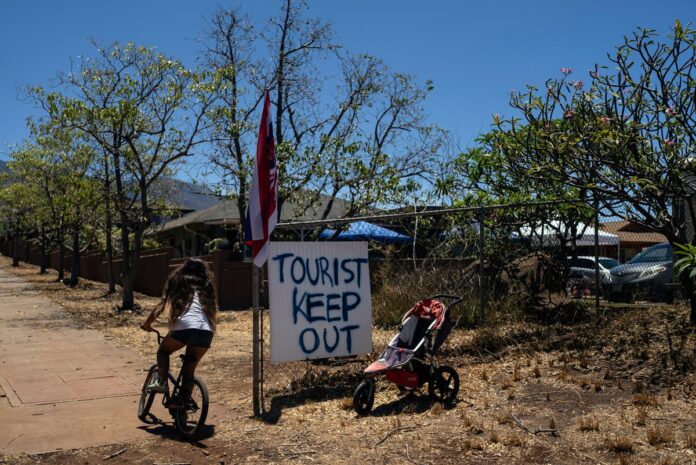When a fire ripped through the peaceful coastal town of Lahaina, on the Hawaiian island of Maui, this August, the immediate message to the world was clear: stay away. Aquaman star Jason Momoa and Moana actress Auliߵi Cravalho took to social media to spread the word. ‘Maui is not the place to have your vacation right now,’ Momoa wrote. ‘DO NOT TRAVEL TO MAUI.’ One council member for Lahaina’s region of West Maui did not mince her words. ‘We don’t want to be seeing people on vacation when we’re trying to pull our lives back together. I don’t care if you have reservations, now is not the time,’ said Tamara Paltin on a Facebook Live broadcast. In an age of one-slide, social-media-size news, where a photo of scorched earth or houses in rubble can spread across the world in minutes, nuance is easily lost. The truth is, Hawaii (and especially Maui) still needs tourists, a Hawaiian tourism official tells me, the issue is where they go and how they conduct themselves. The immediate reaction from locals stemmed from tourists wandering into the cordoned-off area of Lahaina, at a time when residents have not been allowed back to survey the devastation or the homes they lost. Many are mourning the 97 recorded dead. Some of the missing are still unaccounted for. To understand the ‘stay away’ message, says Ilihia Gionson of the Hawaiian Tourism Authority, you need to understand the visibility of tourists on Maui. ‘On any given day before the fires, there were about 70,000 visitors on the island, in a population of 160,000 residents,’ he tells me. ‘Maui is a small community and the fires have touched pretty much everyone on the island.’ It was vital that authorities focused energy and resources on controlling the fires, and rescuing and relocating displaced residents.
How soon is too soon to visit a tourist destination after a disaster?
Sourceindependent.co.uk
RELATED ARTICLES


